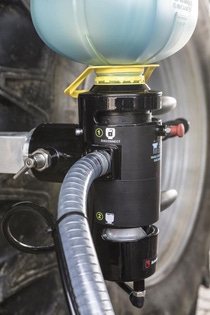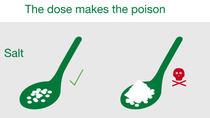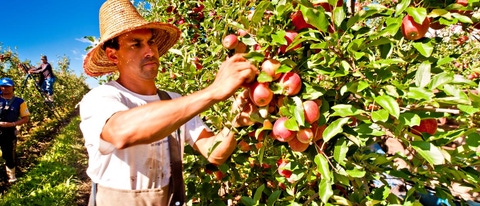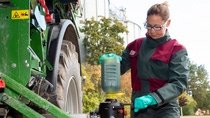Agriculture
Operator Safety
Glufosinate-ammonium has been used safely for 30 years, and to-date, there have been no known cases of harm to humans when it has been applied according to labelled instructions. To ensure worker’s safety, experts have established strict guidelines for use which incorporate a safety factor of at least 100. This very wide safety margin ensures workers, residents or others near the farm are safe during and after the application of the product.

Farmers are trained on the correct application through various product stewardship initiatives. Advanced technological equipment, such as drift-reducing nozzles and spray shields, further reduce the drift of spray by more than 99% in comparison to standard equipment.
Occupational safety in real-life conditions
In the European Union, Glufosinate-ammonium is classified for presumed human reproductive toxicity based on laboratory studies – for example, on rats – at doses impossible under realistic and responsible conditions of use. Contrary to some beliefs, Glufosinate-ammonium is not classified for carcinogenic or endocrine disrupting effects.
Risk assessment scenarios conducted previously as part of the authorization process by European and other national authorities worldwide have shown that Glufosinate-ammonium is safe to operators, consumers, and the environment when used according to label instructions.
Putting safety first
To minimize potential risks to human health relating to the use of herbicides, industry promotes safe directions for use, recommendations for the personal protective equipment (such as coveralls, nitrile gloves, rubber boots, etc.), and application trainings. The labels of Glufosinate-ammonium and other herbicides clearly state what equipment has to be worn when applying the product.
Internal guidelines and best management practices are defined in detail for the safe and responsible handling of Glufosinate-ammonium during the entire life-cycle, i.e. from research through development, manufacturing, product authorization, marketing and sales to use, waste and container management and disposal of obsolete stocks.
Specific training needs may vary depending on individuals, existing knowledge, local conditions and requirements, application equipment and techniques used, or cropping systems. For example, weather conditions are an important factor for the safe and efficient treatment with Glufosinate-ammonium. Country-specific materials provide farmers with more information on the recommended equipment and use of Glufosinate-ammonium.

Did you know?
- Our body cannot differentiate between natural and man-made chemicals; it’s the dose that makes the poison. Salt is acutely toxic in high amounts. 57g can kill a child.
- Five of the seven most deadly known chemicals occur in nature. The most toxic - botulinum - is natural and is over a million times more toxic than most of the manmade chemicals.






